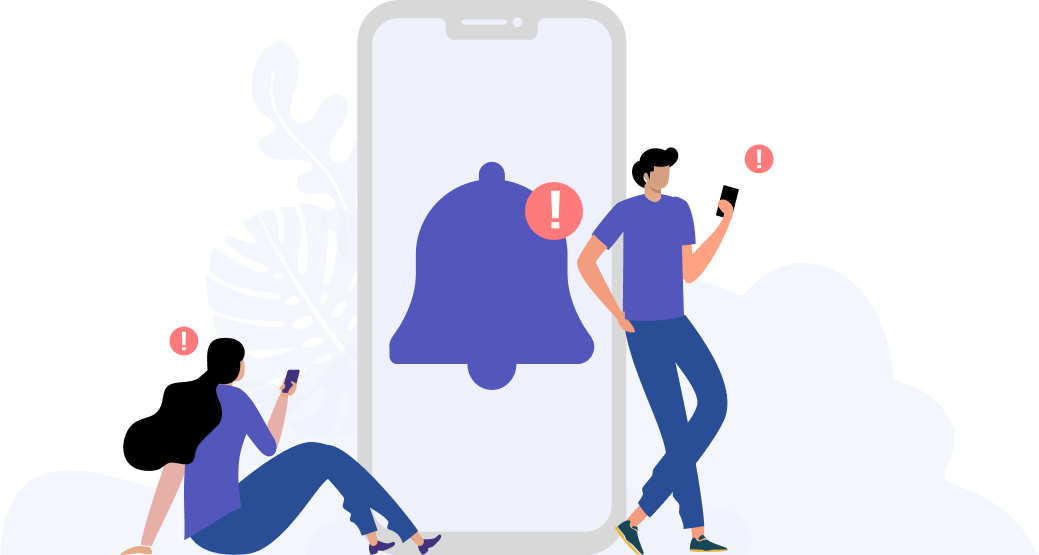Everything you need to know about amblyopia, or lazy eye

Have you seen children wearing eye patches looking like mini Captain Hooks? Most likely, they have a lazy eye, and are wearing eye patches to correct that!
What is lazy eye?
Amblyopia, more commonly known as lazy eye, is an early childhood eye condition where children have good, even perfect vision, in one eye and reduced vision in the other.
When the vision of one eye is much better than the other eye, the brain starts to rely on the better eye, and in doing so, ignores the weaker one. If left untreated, the brain may begin completely ignoring any images it gets from the weaker eye in the long run, which may have a permanent impact on the child’s vision.
What causes amblyopia?
Amblyopia can be caused by a host of different things. Typically, eyes that are amblyopic have some form of refractive error, such as astigmatism, hyperopia or myopia. However, parents should take note that amblyopia can also be caused by conditions that obstruct your child’s vision, like droopy eyelids and childhood cataracts. Strabismus, or squinting, can also result in amblyopia because the child’s eyes are misaligned and don’t look in the same direction.
Symptoms you should look out for in your child
Unfortunately, a little harder detective work is required from parents to detect this eye condition, as most children suffering from lazy eyes will not complain of any vision problems. In a lot of children, the brain and the better eye make up for the shortfall in vision in one eye so well that the child does not even notice that they have an eye problem. In other cases, the child may get accustomed to having good vision in only one eye. Parents also find it hard to spot amblyopia in children who have well-aligned eyes.
So, what should you look out for?
If you notice your child squinting frequently, having crossed eyes, or tilting their heads to see better, these behaviours may be a clue of them having lazy eyes. Some children may also have poor depth perception and trouble seeing in 3 dimensions. Other symptoms include a blurred vision or double vision. To ease parents’ concerns, the best way to detect amblyopia is to go for regular and timely eye checks. The Canadian Association of Optometrists recommends that children have their first eye check between 6 to 9 months old and at least once between the ages of 2 and 5 years. Subsequently, primary and secondary school children should undergo an eye check at least once every 1 to 2 years.
How to treat lazy eye
To treat lazy eye, the lazy eye must be forced to be used. Usually, this is achieved by eye patches, where the good eye is covered for a certain number of hours during the day so that the child has no other choice but to use the worse eye. Eye patches usually have to be worn for weeks or even months at a time, depending on the child. Trained eye care professionals will be able to determine the best course of treatment for amblyopia for your child.

When it comes to amblyopia, early detection and intervention may lead to a full recovery. It has been shown that children who were treated at an earlier age (six years or younger) have a greater success rate with their amblyopia treatment. Since lazy eyes are often not detected until a child has undergone an eye check, regular and timely vision screenings are extremely important. To make things easier for parents to book an eye check for their children and themselves, Plano has developed planoEyecheck, an easy-to-use online platform that allows you to make a booking with your nearest optometrist for a wide range of eye care services.
Tools Designed for Healthier Eyes
Explore our specifically designed products and services backed by eye health professionals to help keep your children safe online and their eyes healthy.





